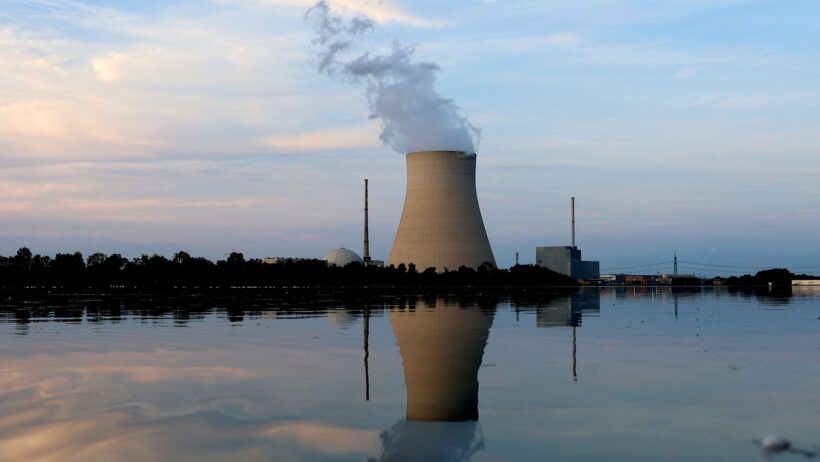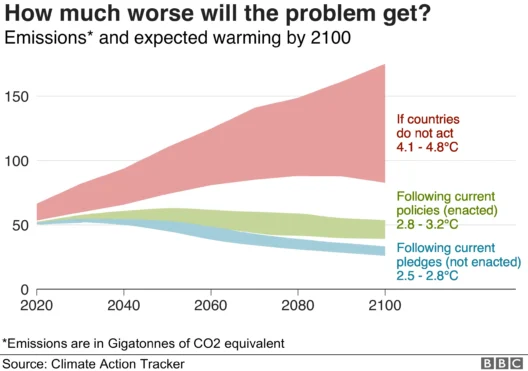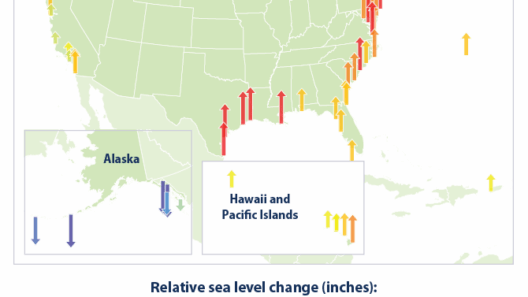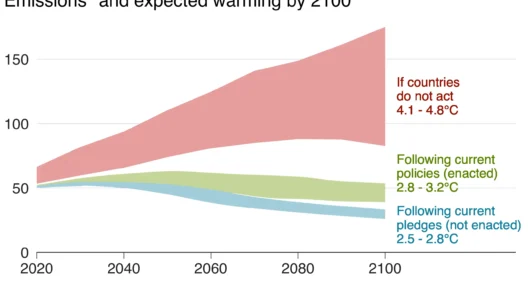Nuclear power occupies a controversial niche in the pantheon of energy production—a leviathan of potential, teetering between salvation and peril. As the world grapples with the escalating specter of climate change, the role of nuclear energy has resurfaced in discussions regarding sustainable energy sources. It is akin to a double-edged sword; on one edge lies the promise of a robust, low-carbon future, while the other edge harbors formidable risks and moral quandaries. This examination delves into the complex tapestry of nuclear power, illuminating its duality as both a climate savior and a risky bet.
At its core, nuclear power represents a paradox. It offers an almost limitless source of energy that can be harnessed with a surprisingly minuscule carbon footprint when compared to fossil fuels. A single nuclear reactor, through the nuclear fission of uranium and plutonium, can generate tremendous energy, providing electricity for millions of homes while emitting negligible greenhouse gases. In a world where climate urgency is paramount, nuclear power appears as a clean dream—an oasis in a desert of pollution.
However, one cannot simply disregard the darker undertones associated with nuclear energy. The specter of catastrophic accidents looms large in the collective consciousness. Historical incidents like Chernobyl and Fukushima echo through time, serving as chilling reminders of the potential for disaster. The catastrophic failures that arise from human error, natural calamities, or technical glitches place the very existence of nuclear power under scrutiny. The fear of radiation exposure and its insidious effects on human health and the environment germinates a distrust that runs deep.
Moreover, the journey to nuclear energy’s acceptance involves navigating a maelstrom of public perception. Proponents of nuclear energy argue it is a necessary ally against climate change. They advocate for the development of advanced reactor technologies, which promise enhanced safety measures and more efficient fuel use. Newer designs, such as small modular reactors (SMRs), herald the potential for smaller, more adaptable installations that could seamlessly meet energy demands without compromising safety. These innovations may alleviate some frictions associated with nuclear energy, beckoning a renaissance in its perception.
Yet, the very foundation of nuclear energy is not devoid of complications. The question of waste management arises like a ghost lingering in the shadows. High-level radioactive waste, the byproduct of nuclear fission, presents a conundrum that challenges the very framework of environmental stewardship. Current solutions revolve around deep geological repositories that aim to entomb the waste for millennia. However, the efficacy and safety of these methods remain subjects of contention. The assurance of secure waste storage underscores the need for a robust regulatory framework and scientific inquiry, lest the promise of nuclear power become an omnipresent burden.
In terms of economic viability, the cost of nuclear power generation establishes itself as another significant point of contention. Initial capital investment is astronomical, with costs associated with building new reactors escalating dramatically. Political support is often fleeting, swaying with the winds of public opinion and electoral cycles. In contrast, renewables such as wind and solar have experienced plummeting costs, making them increasingly alluring options for investment. The economic calculus surrounding nuclear power necessitates a careful balancing act between upfront expenditures and long-term sustainability gains.
Another dimension in this discourse is the geopolitical implications of nuclear power. Countries rich in uranium may find themselves at a strategic advantage, leading to shifting alliances and power dynamics in global governance. The complexities of nuclear proliferation interweave with energy policy, with the potential for civilian nuclear programs to transition into military ones—a precarious balance that invokes concerns about security and international relations. It is not a straightforward path but rather a labyrinth fraught with risks, demanding vigilant oversight.
Despite its challenges, one undeniable allure of nuclear energy lies in its ability to provide a consistent baseload power supply. Unlike wind and solar, which are subject to the whims of nature, nuclear power can operate independently of climatic conditions, ensuring a stable supply of electricity. As the demand for energy continues to rise, particularly in developing economies, the reliability of nuclear power offers both promise and practicality.
In essence, the question of “Nuclear Power: A Climate Savior or a Risky Bet?” invites a multitude of perspectives. Each facet of nuclear energy has profound ramifications for environmental policy, economic strategy, and technological advancement. The juxtaposition of its colossal benefits against its detrimental risks creates a multifaceted paradigm begging contemplation.
Ultimately, the resolution lies not in the wholesale abandonment or embrace of nuclear power, but in the formulation of a balanced energy strategy that embraces diverse sources. The journey towards a sustainable future must prioritize innovation, regulatory oversight, and transparent dialogues about the risks and rewards associated with nuclear energy. The path is neither clear-cut nor devoid of challenges; it symbolizes a continuous negotiation between aspiration and caution.
As humanity forges ahead in confronting climate change, nuclear power stands as a formidable contender, both a beacon of hope and an emblem of uncertainty. Harnessing its potential will require not only technological advancement but also collective wisdom in decision-making. The future of energy is a vast ocean, and navigating its waters will determine whether nuclear power emerges as a savior, or a misplaced gamble in the quest for a sustainable tomorrow.








